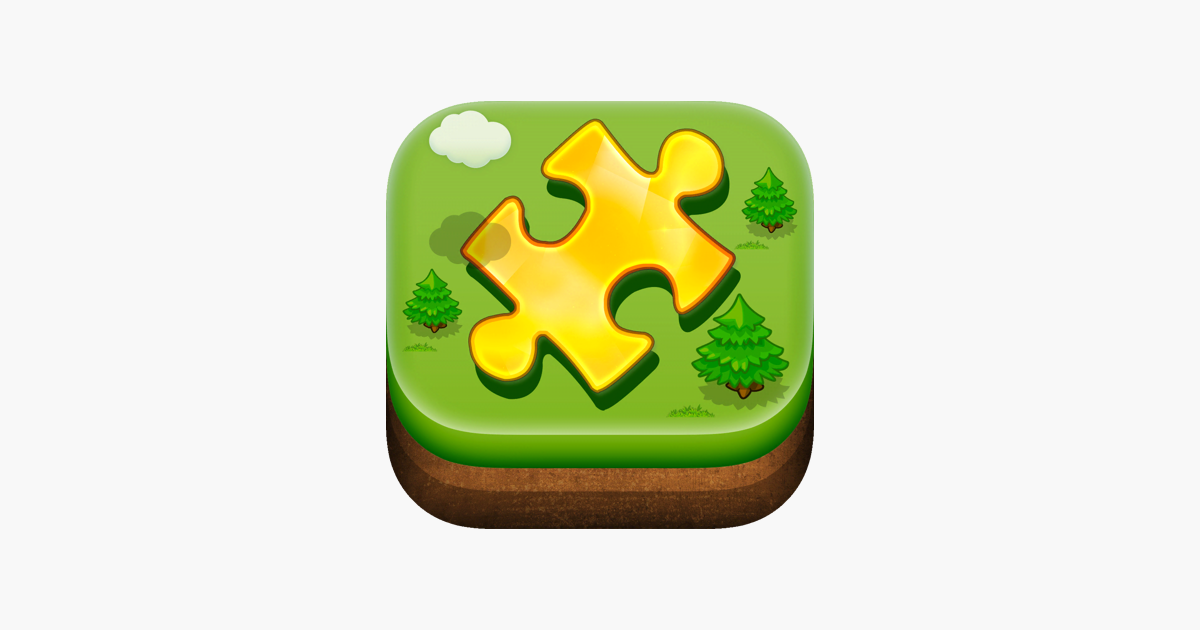
There are many methods to knit an icord. You can choose the number of stitches to be knit. The maximum number of stitches is five. When casting on stitches, you should pull the working yarn to create high tension before each stitch. This will ensure that the working yarn is in the back.
Sew on stitches
Cast on the number of stitches you want for the icord using a double-pointed stitch needle. If the i-cord is to be longer than the original project, make a provisional cast-on in the waste yarn and join it with the Kitchener Stitch. Now knit the yarn across all the stitches.
Casting on stitches to knit an i-cord, is an important part. It provides a firm edge around the project's base. It can also make a project’s initial row look finished. Cast on 3 stitches, slide them to the left needle and then knit the rest.

Picking up stitches
You must place the working knitting yarn on the right-hand side of the needle before you can begin to knit an i cord. Next, insert the working yarn into the loop of the needle just like you would for a stitch. Continue this process until you have reached the desired length. Once the desired length is reached, finish by binding off the work normally. If the length of your i-cord is excessive, you might need to join them.
Next, insert your needle into the i-cord with its point closest towards the stitch you have just cast. You should ensure that your i-cord is at the edge of the material. The tail of your cast stitches can be used to start the I-cord. But it is best to use the yarn at the opposite end.
Making the stitches
It is easy to cast off stitches when knitting an "i cord". Simply transfer the last three stitch from your right hand to your left-hand needle. Next, work the back and front loops of your last three stitches. Now you can finish the edge of your i-cord.
For knitting an icord, double-pointed nimbles should be used to create the edges. These needles allow you to work faster. Next, slip the stitches back from your right needle to the left needle.

Hide yarn tail inside i-cord
To hide yarn tails inside icord knitting, the knitter begins a new row. Next, wrap the yarn around your needle tip and pull it through the work. After that, slide all stitches to the other tip of the needle. The needle can now be knitted once it is in the correct place. You can see a video demonstration here.
Double-pointed needles work best to cast on the inter-laced cord. After you cast on the required number of stitches, make a provisional cast on with a waste yarn and join it with a Kitchener stitch. After you've placed the working yarn, begin to knit all stitches. Do not turn the work. Bring the yarn from the edge of the needle.
FAQ
Where can you find free resources that teach more about hobbies and interests?
There are many websites dedicated to helping people discover new hobbies.
Here are some of our favorite:
www.trythisathome.com - This site provides a list of over 100 different hobbies. It also includes information on how to get started on each one.
www.hobbyfinders.org -- This site provides a searchable database of thousands upon thousands of hobbies that you can browse by skill level, location and interest.
www.indiebazaar.co.uk - IndieBazaar is an online marketplace designed specifically for independent artists and musicians. You will find hundreds of products that range from artwork to music gear on the site.
www.pinterest.com/explore/hobbies - Pinterest is a social media network that lets users "pin" images they find interesting onto their boards. Users can use boards to organize their favorite things into specific categories.
www.reddit.com /r/Hobbies - Reddit is another social media platform that lets users post links to articles, videos, or other types of content. Voting allows users to vote for the most valuable posts.
What is a hobby for kids?
Anything kids like to do that is not part of their daily routine is a hobby. Some kids like to build things, draw, paint, write, or play with toys.
Parents worry that their children might get in trouble if they are allowed to do what they like. It is not true. If your child is safe and doesn't cause harm to themselves or anyone else, they won't get into trouble.
It's important for people to understand that just because they like something doesn't necessarily mean they'll choose it all the time. If they dislike writing but enjoy drawing pictures, they might opt to draw pictures.
There are lots of different types of hobbies out there, so it's really up to you to pick one that you enjoy most.
What are observation hobbies exactly?
Observation hobbies can be activities that you watch people do. These hobbies could include reading books, watching sports, or going on vacation. You could also observe other people.
Because they teach you how to think creatively, observation hobbies are great. This knowledge can be used later to help you with projects that you are working on for others or yourself.
You'll discover that it's easier to learn if there's a passion for something.
For instance, if football is something you are interested to know about, you can watch the game or read a book. You could visit or take part in exhibitions if you are interested in learning more about photography.
If you like to play music, you can either learn the songs online or get a guitar.
You can cook your own meals, or you could go to a restaurant.
If you love gardening, you might grow vegetables or flowers.
If dancing is something you enjoy, join a dance class.
You can paint pictures if your passion is painting.
Writing poetry or stories is a passion if you are a writer.
If you like drawing, you could draw pictures.
If you have a passion for animals, you might be able to look after them or work in a zoo.
If you enjoy science, you might consider studying biology, chemistry and physics.
History lovers can watch films, read books or listen to podcasts.
If you enjoy travelling, you might consider exploring your local area or traveling abroad.
What are some competitive hobbies?
You can compete in running, swimming or cycling as well golfing or tennis.
They are usually enjoyed by people who enjoy being active, but also allow for social interaction.
If you have a hobby that involves physical activity, then you'll probably find that there are other people around who share this interest.
This could be as simple as joining a sports club where you play regularly together.
You can also participate in team games where you play alongside others.
These include: football (soccer), soccer, cricket, netball.
There are many different types of competition.
Some competitions exist solely for recreational purposes.
Others are designed for competitors to prove their skill.
Other rewards are available to recognize exceptional performance.
In these cases, the winners receive prizes.
Other competitions are designed to test the strength and stamina of competitors.
These are called endurance events.
For example, marathon races, triathlons, Ironman Triathlon, etc.
Before competing in these events, athletes train hard.
They will follow a strict training program to prepare themselves mentally and physically.
They may need to spend some time out of their home for preparation.
It is important to keep in mind that not all athletes can compete in every event.
Statistics
- This 100% accurate personality-analyzing hobby quiz discovers your passion based on your characteristics. (quizexpo.com)
- A new survey by Pew Research Center of teens ages 13 to 17 finds that 36% of girls feel tense or nervous about their day every day; 23% of boys say the same. (pewresearch.org)
- Much of this decline reflects the fact that teens are less likely to work today than in the past; among employed teens, the amount of time spent working is not much different now than it was around 2005. (pewresearch.org)
- Studies show that just six minutes of reading can reduce stress levels by 60 percent. (oberlo.com)
- The intensity of the dialogue partners' bond at the end of the forty-five-minute vulnerability interaction was rated as closer than the closest relationship in the lives of 30 percent of similar students. (time.com)
External Links
How To
How to learn a music instrument
There are many different ways to learn how music is played. You could go to a school or buy a book. You could also take lessons from an experienced musician, watch videos online, and so on. These are just a few tips and tricks to help you get started if you're determined to make your own path.
-
Find something that interests or appeals to you. Try another instrument if you don't love any of the ones you see. It would be hard to get into playing an instrument if you don't enjoy doing it.
-
Be patient. It takes time to learn anything new. You don't have to learn everything in one go. Instead, you should continue practicing every day.
-
Make sure you practice regularly. You can do this even when it is hard. This will ensure that you won't forget what you learned.
-
Make sure you choose a safe place to practice. It is best to find a quiet space where you will not disturb others. Make sure there aren't distractions. Avoid loud music, for example.
-
Have fun. Music is meant to be enjoyed. So make sure that you always have fun while practicing. You will be motivated to do more if you have fun.
-
Set goals. Setting goals will help you to know exactly what your goal is. You will never be ashamed to fail.
-
Keep track of your progress. Notate all of your achievements and failures. This will help you to improve your performance over time.
-
Take breaks. Sometimes it is enough to just stop and think. Taking breaks will give you time to think about things.
-
Ask questions. Ask other people if you have any doubts or confusion regarding certain aspects of the instrument. They may be willing to help.
-
Listening is the best method to learn. Many musicians enjoy listening to their favorite songs and trying to imitate them. This allows them to grasp the basic concepts of the song.
-
Read books. You will learn more from reading books than you can by watching videos or attending classes. Books often contain information you can't find elsewhere.
-
You can join a band. Playing with others will force you to practice more. Plus, you will meet people who share similar interests as yours.
-
View tutorials. Tutorials are brief videos that cover a variety of topics in great detail. These videos typically focus on one aspect of the instrument. Watching tutorials can help you understand difficult parts of the instrument.
-
Try different methods. Some prefer to learn by listening, while others prefer reading. You can experiment until you discover what works for you.
-
Practice makes perfect. It is not possible to become an expert overnight. You must work hard to become proficient enough to do well.
-
Learn from other musicians. Listening to others play your favorite songs can help speed up learning.